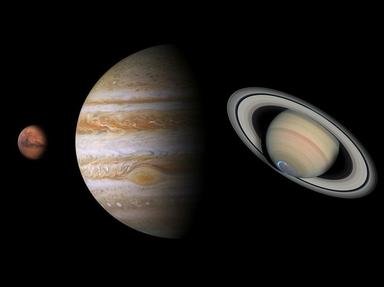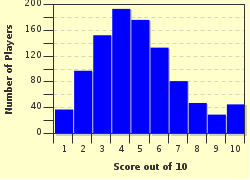Quiz Answer Key and Fun Facts
1. Which of the following celestial bodies is not classified as a dwarf planet?
2. What asteroid measures 21 miles long and sometimes approaches as close as 75 light seconds from Earth?
3. In a straight line, which of these planets is the closest to Earth?
4. What was the first successful fly-by mission to Mars?
5. What joint American-German launched satellite studied solar flares and the solar wind?
6. One of Venus's most distinct features is Maat Mons. Which of the following statements about Maat Mons is false?
7. Less than a thirty light minute trip from Earth, what are Ida and Dactyl?
8. What is Wild 2?
9. Neptune's moon Triton is expected to break apart or collide with Neptune in the next ten thousand years.
10. What is a Centaur?
Source: Author
maddogmaxx
This quiz was reviewed by FunTrivia editor
crisw before going online.
Any errors found in FunTrivia content are routinely corrected through our feedback system.

